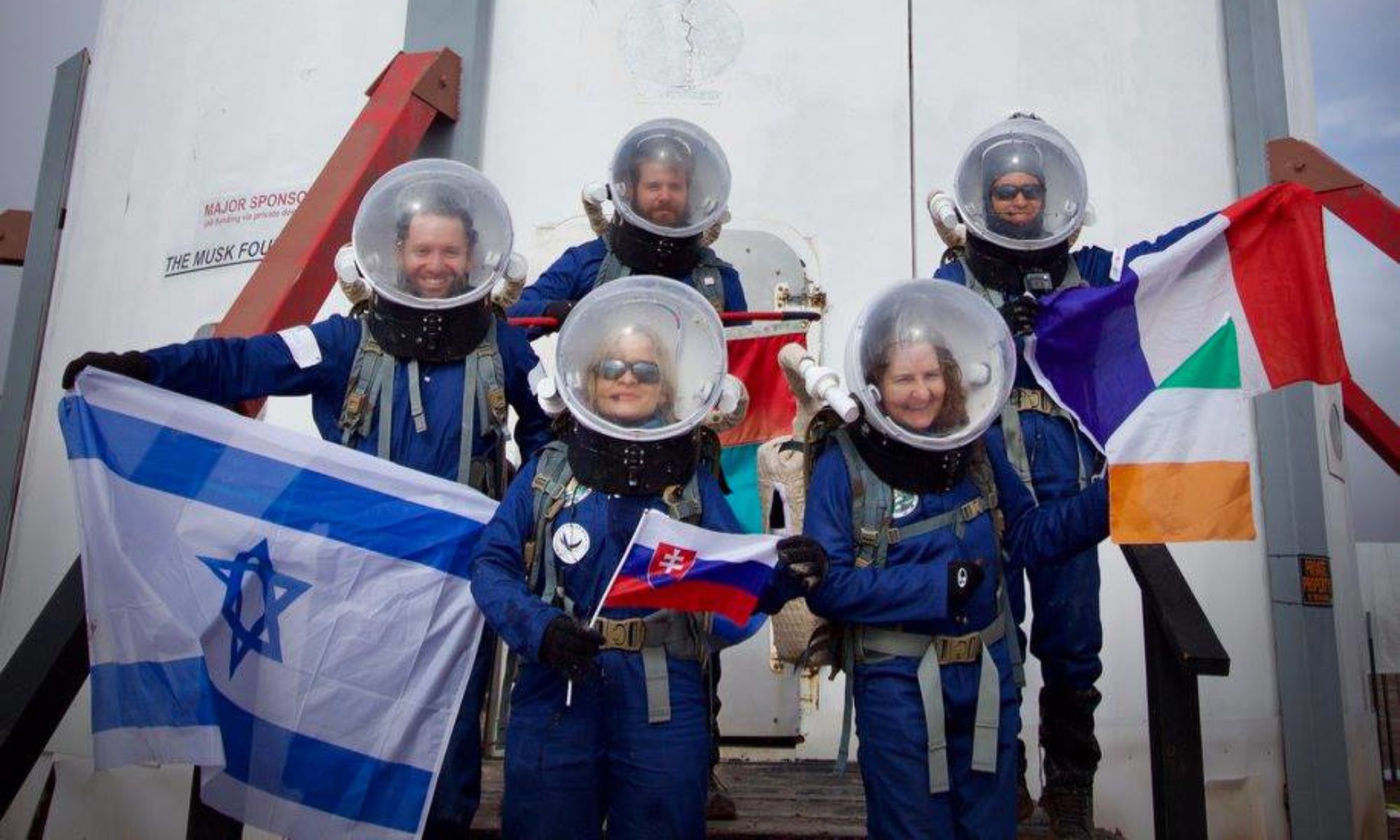Crew 204 Sol Summary Report 30-JAN-2019
Sol: 2
Summary Title: The Hush and the Rush
Author’s name: Kunal Naik (Space_bot)
Mission Status: Nominal
Sol Activity Summary: The most beautiful thing on Mars is the dawn.
The crew woke up early by 6:30 am and started the day with morning
activities and Martian breakfast. We have requested prior 2 EVA’s one
in the morning and later by evening. Our 1st EVA was delayed and
rescheduled due to limited water tank issue which was resolved at the
earliest. The crew members initiated their project work along with
their Hab responsibilities. Post Lunch we were surprised and glad to
meet the Nat Geo Photographer Jad Davenport who came to visit the
facility for reporting and clicking wonderful photos with the crew. We
had our 1st EVA by 1400 and later 2nd by 1500, we were followed by the
enthusiastic photographer to capture our EVA activities as well as our
moments via his personal camera and his drone. It was a hush and rush day but went well with no setbacks.
Look Ahead Plan: We are going to follow up on our EVA plans as per
today’s investigation and exploration. We got some soil samples during our 2nd EVA which we need to mesh and set some composition parameters for Martian 3D Printer. We have planned to work on fixing Wifi issues which are a small problem for now.
Anomalies in work: None Encountered
Weather: Sunny
Crew Physical Status: Nominal
EVA: Both the EVA’s same location (518750, 4251250)
Reports to be filed: 2 EVA’s done along with Nat Geo Photographer at
the same location due to short time and photo session. Same rover
Spirit was used for both EVA’s as the location was quite near.
Support Requested: None















You must be logged in to post a comment.